Pollinator Projects
Flight of the Monarch Day - August 23
Communities across Canada come together to celebrate and recognize one of North America's most cherished insects - the monarch butterfly. In honour of Flight of the Monarch Day – which has been proclaimed on Saturday, August 23 – the City of Vaughan has teamed up with Vaughan Public Libraries to offer activities so you can be part of the movement and feel the flutter! Below are ways to get involved.
- Attend a bilingual butterfly workshop. Children will create the life cycle of the butterfly using simple materials. For grades 3 to 6. Register on Eventbrite.
- Pierre Berton Resource Library: August 19, 7 p.m. to 8 p.m.
- Bathurst Clark Resource Library: August 20, 2 p.m. to 3 p.m.
- Add to a milkweed mural at your local library branch. Add your own colorful butterfly or fold an origami one for the growing butterfly wall.
- Where: All open locations, except Kleinburg Library.
- When: August 11 to 31 during hours of operation.
All murals will be gathered and displayed at Civic Centre Resource Library from September 8 to 30.
- Celebrate with a curated reading list. Celebrate our local pollinators by learning about the migration, life cycle, and conservation of monarch butterflies in North America through reading. The reading list can be found at vaughanpl.com.
- Link: butterfly reading list
- Use these fun activities to help teach your kids about pollination and why it is important:
- Pollinator Scavenger Hunt - discover the great outdoors and learn about pollination. You may not be able to find many flowers or pollinators in early spring, but you can do the scavenger hunt again in the summer and compare results!
- Pollination Crossword Puzzle - visit Pollinator Partnership Canada for more information about Pollinator Week in June!
- Did You Know? Fact Sheet - learn some fun facts about the Monarch Butterfly!
- Pollinator Word Search
- Butterfly Origami
- Make your own Butterfly Wings
- Make your own Pasta Plant Marker
- Pollinator Friendly Cooking - Cook something delicious from a Pollinator-Friendly Cookbook
What are the Five B's?
The Five B's are pollinators - birds, butterflies, bees, beetles and bats! Most of us think of butterflies and bees when it comes to pollination, but we can’t ignore other insects, birds and mammals that play an important role in pollination.
What is pollination and why is it important?
Pollination occurs when wind or pollinators (our Five B’s and many more) move pollen from one flower to another. When pollination is successful, it allows plants to reproduce which supports ecosystems and the organisms that depend on the plants for food and shelter. Communities also depend on pollination to grow crops. Pollinators are responsible for one out of every three bites of food we eat!
The problem is, wild pollinators are under stress and in many cases their populations are on a decline. Disease, pests, climate change, pesticides and reduced habitats have resulted in the decline of our Five B’s and other pollinators.
Among other initiatives, planting pollinator gardens with host plants that support pollinators will begin to regrow habitat and support population growth of these species in the City of Vaughan. Scroll down to find more information on how you can create a pollinator garden at home.
What is the City doing to protect pollinators?
On March 20th, 2018 Council approved the Mayors’ Monarch Pledge, which was a big win for our butterflies, birds and bees. The Mayors’ Monarch Pledge brings us closer to becoming a Pollinator Friendly Vaughan!
Through the Pledge, the City is committed to raising awareness about the decline of the monarch butterfly, protecting and enhancing pollinator habitat, and integrating monarch butterfly conservation into City planning.
With help from our community partners, we have planted pollinator-friendly gardens at Vaughan City Hall, Vellore Heritage Square, Veteran’s Park, Oakbank Pond Park, York Hill Park, Chancellor District Park and Doctors McLean District Park. We’ve also worked with community groups, through the Green Guardians Program, to plant pollinator gardens on publicly accessible private property.
Grow Zones
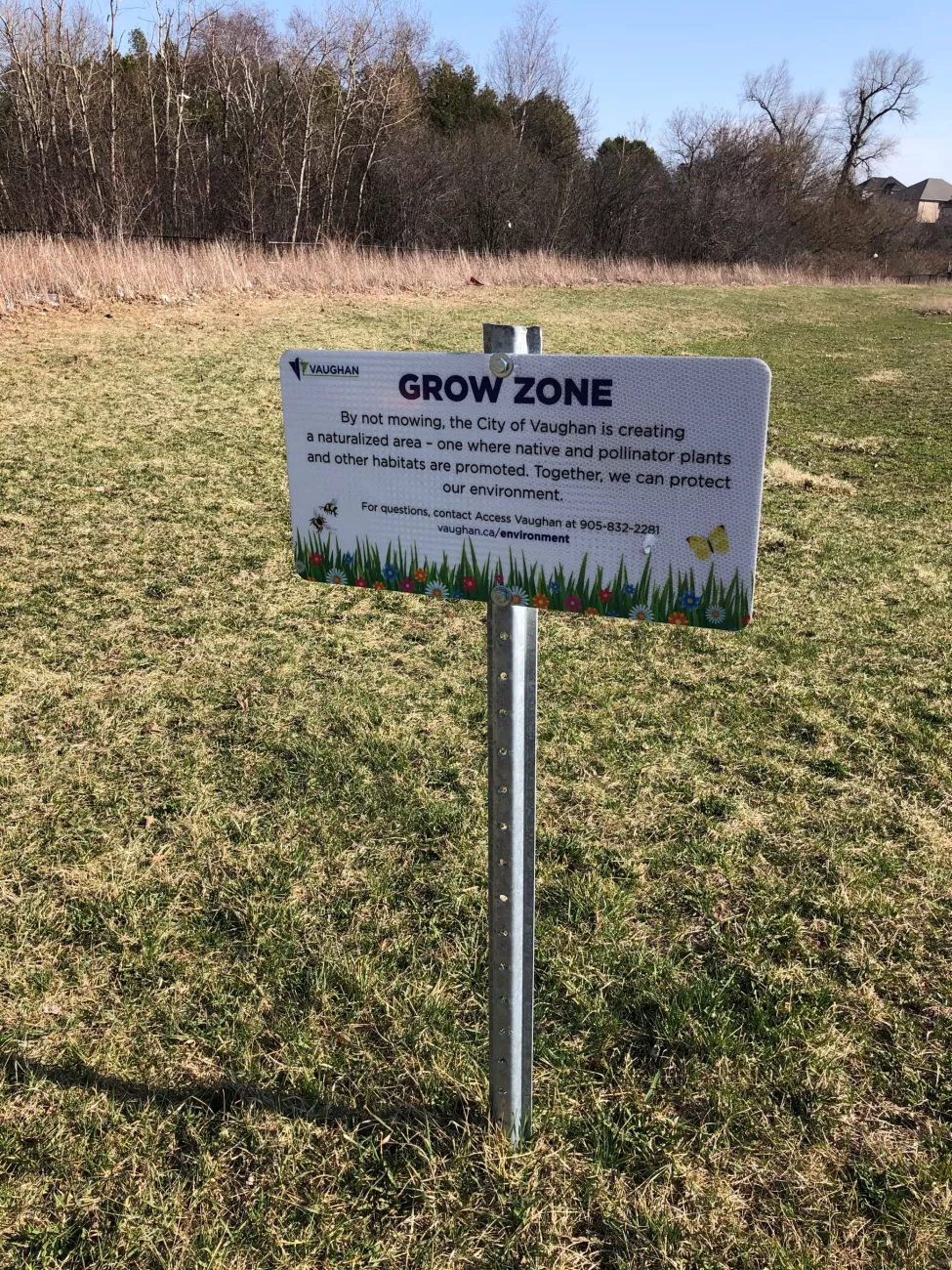
Have you seen this sign in City parks and are wondering what they are about?
In 2019, the City of Vaughan's Parks, Forestry and Horticulture Operations department piloted a revised mowing program to leave strategic "Grow Zones" unmowed. These Grow Zones focus on converting specific areas in City parks covered by grass into naturalized meadows and pollinator gardens. This initiative will help the City achieve targets set in Green Directions Vaughan, as well as to meet actions identified in the Mayors' Monarch Pledge. These Grow Zones are being allowed to naturalize, which will benefit a variety of pollinator and wildlife species, while also providing other environmental benefits such as the management of excess stormwater and the reduction of greenhouse gas emissions. Mowing grass through the spring and summer months requires a significant amount of fuel and labour, so by minimizing the use of gas-powered equipment that is needed to manicure these areas, the City is contributing to a greener future. For more information on the Grow Zone initiative, please e-mail environment@vaughan.ca.
What can you do to protect pollinators?
Create a pollinator garden
Vaughan residents can claim a pollinator-friendly seed packet by emailing environment@vaughan.ca with your full name and mailing address*. The packets contain Golden Tickseed, Lanceleaf Tickseed, Blazing Star, Helenium autumnale, New England Aster, and Common Milkweed. All species, except Golden Tickseed, are perennials. One packet can sow approximately 4 square metres, however the seeds can be spread in smaller, crowded wildflower gardens/planters and still thrive.
General instructions: Sow native wildflower seeds into a prepared seedbed from early May through mid-June or in the fall to late October. Full sun is best. Wildflowers can grow 2 to 4 feet tall. Before sowing seeds, remove weeds by hand and loosen soil to 2.5 cm (1″) depth with a stiff rake, cultivator or hoe. Wildflowers germinate and establish themselves much better when planted into a bed of well drained loose soil. Scatter the seeds and let mother nature do the rest. Water if conditions are dry and continue to water during the first year. Once established the flowers should survive on rainwater. Provide irrigation in drought-like conditions.
*Personal information is collected under the legal authority of the Municipal Act, 2001, S.O. 2001 c.25, as amended. This information will be used for the administration of this contest (to issue pollinator seed packets) and will become a part of Policy Planning and Special Programs files, where applicable. Questions regarding this collection may be directed to Policy Planning and Special Programs, City of Vaughan, 2141 Major Mackenzie Drive, Vaughan, Ontario L6A 1T1, 905-832-2281.
General guidelines for building a pollinator garden:
Find a location that contains all the essential elements: sun, water and soil.
Choose a variety of native plant species with a range of shape, size and flower season. Native plants are best adapted to our local area.
Leave areas of bare ground, wild grasses, dead wood and leaf litter for bees and insects. Adult pollinators tend to thrive on flower nectar however larva enjoy plant leaves.
We know that finding the right plants can be confusing, below are examples of native plants that attract pollinators. This is not a full list. More species with detailed information can be found in the Pollinator Partnership’s Guide, and The Canadian Wildlife Federation has a native plant encyclopedia with more information on native plant species.
| Common Name | Height | Color | Flowering Season | Sun | Soil | Description |
| Red-Osier Dogwood | 1m- 3m | White | June-August | Sun to partial shade | Moist | Perennial, shrub |
| Swamp Milkweed | 0.5m -1.5m | Purple pink | June-August | Full sun | Moist to wet | Perennial, flowering |
| Butterfly Milkweed | less than 1m | Yellow orange | June- September | Sun to partial shade | Dry, well drained | Perennial, flowering |
| White Turtlehead | Up to 1m | White, cream, pink | July- September | Sun to shade | Moist to wet | Perennial, flowering |
| Spotted Joe Pye Weed | 0.5m - 2m | Purple pink | July-September | Sun to partial shade | Moist to wet, well drained | Perennial, flowering |
| Wild Bergamot | 1m | Lavender pink, violet | July-September | Sun to partial shade | Moist | Perennial, flowering |
| Black-eyed Susan | 0.5m - 1.5m | Blue, purple | June- September | Full sun to partial sun | Moist to dry | Annual (short lived perennial) |
| Smooth Blue Aster | 0.5m - 1.5m | Blue, purple | August - November | Full sun | Dry | Perennial, flowering |
| New England Aster | Up to 1m | Purple | September- October | Sun to partial shade | Moist, well drained | Perennial, flowering |
Seasonal Maintenance Checklist:
Spring:
- Wait until temperatures are consistently warm (around 15 degrees Celsius and above) before you clean up your garden. Pollinators overwinter inside leaves, stems and twigs and cleaning these up too early could indirectly harm the pollinators!
- Remove large clumps of leaves in your garden. Add this material to a composter if you have one.
- Add a fresh layer of mulch or compost to garden.
- Plant new materials and water during dry periods.
- Cut back dead material to the ground or leave it as is. Do not remove if there are birds’ nests, caterpillars or chrysalis.
Summer:
- Remove weeds and replenish mulch.
- Monitor the weather and be sure to water the garden during dry periods.
- Monitor and treat garden for pests*.
- Prune or thin any plants which are growing fast to promote good circulation
Fall
- Divide perennials which have outgrown their space.
- Add 5-8cm of mulch.
- Leave any dead matter or leaf material where possible.
- Remove any plants that did not grow.
- Plant trees or shrubs.
Winter
- Prune shrubs and small trees.
- Make plans for spring planting.
*Follow these tips for natural pest and weed control:
- Mulch – controls weeds, improves soil and moisture, protects plant roots
- Hand pull weeds from the root
- Smother large areas of weeds with heavy duty plastic bags or landscape fabric (early fall and left until spring)
- Select plants that are native to your local area and include a variety
- Avoid overcrowding plants
- Examine plant leaves frequently - removing the effected leaves from a plant can stop any insect or disease damage.
- Remember that certain ‘weeds’ are beneficial to pollinators, such as the common milkweed or golden rod.
Create a butterfly garden
If you are a true butterfly fan, you can choose to create a garden specifically designed for our butterfly friends. General guidelines for building a butterfly garden include:
- Choose a sunny, sheltered location. Cold-blooded butterflies need warm temperatures to fly and feed. Place a flat rock in a sunny area as a basking spot for butterflies to warm themselves on.
- Include host plants for larval (caterpillar) and bright, fragrant flowers for adult butterflies. Make sure you are planting native species.
- Create “mud puddles” (an area of exposed soil) in the garden. Butterflies use these as a source of water and nutrients.
- Avoid chemical pesticides and fertilizers. Butterflies and caterpillars are very sensitive to these products.
All the plant species listed under a pollinator garden attract butterflies, but for a longer list and more details about butterflies check out the Toronto and Region Conservation Authority’s Butterfly Garden Pamphlet (PDF).
Create a bee garden
If you are interested in creating specific habitat for bees, follow these general guidelines:
- Leave dead stems on plants and holes in trees for solitary bees to nest in or hide during storms.
- Remove invasive plants by hand, but keep in mind that Dandelions and clover are sources of nutrition for bees
- Leave a patch of bare, sunny ground so bees can dig into the soil. Mud puddles provide a source of hydration and habitat building material for solitary bees
- Avoid chemical pesticides and fertilizers
- Plant a mix of native species of different heights, colours and shapes. Bees are generally attracted to white, yellow, blue and purple flowers.
Did you know that bees love trees? Trees and shrubs flower and can produce hundreds of pollen filled flowers on just one plant and provide habitat for solitary bees and nesting areas for bumble bees. Trees that flower in the early spring give bees an early boost of pollen and nectar before perennials start to flower. To find out which trees bees love best, check out LEAF's bee factsheet.
Participate in citizen science
By participating in a citizen science program, also called community science program, you can help scientists monitor the health and conservation of pollinators. You can collect, analyze and report data such as what pollinators you’re seeing in Vaughan, where they are and more.
Below are some examples of citizen science programs you can participate in. Please note, you may be asked to create an account to submit data. Currently, the City of Vaughan is not affiliated with any of these programs.
By taking pictures of bumble bees and submitting them online, you can help researchers determine the status and conservation needs of bumble bees. You will learn about bumble bees and connect with other community scientists.
Wildlife Preservation Canada (WPC), co-creators of Bumblebee Watch, is a national organization with a mission to save animal species at risk from extinction in Canada. Every spring, field biologists collect wild yellow-banded bumble bee queens for their Bumble Bee Recovery Program. Submitting observations of these bees to Bumblebee Watch provides new locations for targeting spring queen collection. WPC is undertaking a multi-species recovery effort to save native, pollinating butterfly and bee species from extinction.
Journey North relies on the community to help track wildlife migration and seasonal change. Citizens are encouraged to submit observations of monarch butterflies and a variety of bird species.
David Suzuki Butterflyway Project
This project asks volunteers to grow habitat for bees and butterflies. The David Suzuki Foundation recruits and trains Butterfly Rangers, who then connect with neighbours to create gardens in residential yards, school grounds, boulevards and parks. In order to obtain a Butterflyway designation, 12 or more patches of habitat must be established. The Foundation's website provides resources, stories and tips.
From the rarest butterflies to the most common, your sightings contribute to conservation decisions, scientific knowledge, education, and more. Help scientists understand when and where butterflies occur.
iNaturlist is an online software/app that encourages a species data sharing community. You can record observations of wildlife, share with others and discuss your findings. Data is shared with a variety of scientific repositories like NatureServe Canada and the Global Biodiversity Information Facility. The tool is a good way to help you identify unknown species.
EcoSpark -for teachers/schools
EcoSpark is an environmental charity connecting people to their local natural environment through education, monitoring and stewardship. They offer workshops for grade 6 - grade 12 students in data collection, monitoring and surveys to help students expand their understanding of nature and the environment. EcoSpark programs align with EcoSchools Actions and Program Elements and staff work with teachers in the GTA to support the school's plan through on-site workshops and more.
The federal government has a list of all citizen science programs available across Canada.
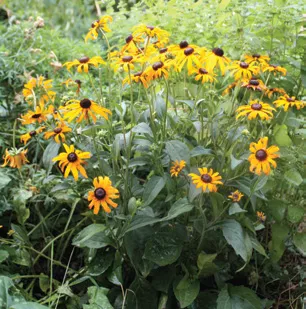
Black-Eyed Susans
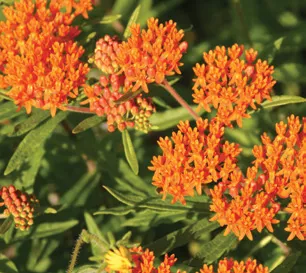
Butterfly Milkweed
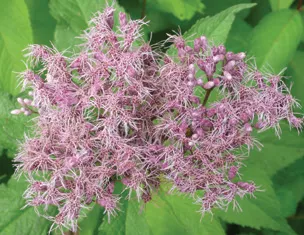
Joe Pye Weed
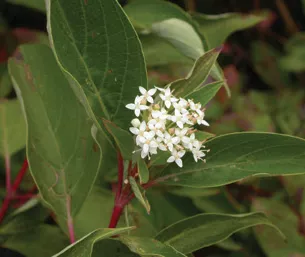
Red Osier Dogwood
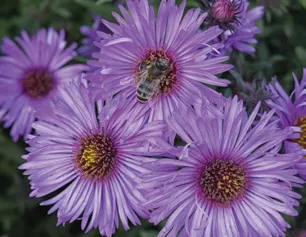
Smooth Blue Aster
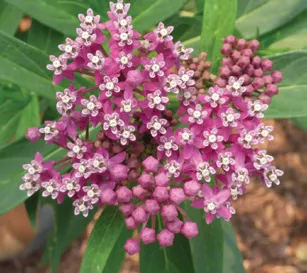
Swamp Milkweed
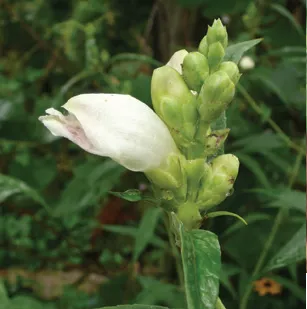
White Turtlehead
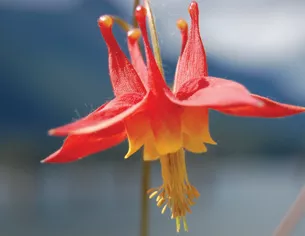
Wild Columbine
Additional Resources
For more information on how Ontario is planning to address the stressors that are impacting pollinators, read the Ontario Pollinator Health Action Plan.
Additional Resources
- Pollinator Week Toolkit
- Create a Bee Garden - 8 ways to create a bee garden
- Buzz on Bees
- Create a Butterfly Garden - Learn about butterflies and the plants they like.
- Pollination Scavenger Hunt - Have fun and learn about pollination
